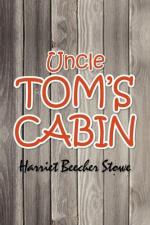|
This section contains 378 words (approx. 1 page at 400 words per page) |

|
1850: The U.S. Congress voted to pass the Fugitive Slave Law, which required Northerners to return runaway slaves to their Southern masters and tightened restrictions on free blacks as well as fugitive slaves.
1950s:Jim Crow laws were still in effect in the southern states, limiting the rights of African Americans. Slowly, many of those laws began to be reversed in the 1950s, such as the 1954 Supreme Court decision that declared school segregation unconstitutional in Brown v. Board of Education.
Today: Many African Americans now serve in Congress, sit on the Supreme Court, and have been considered credible candidates for president by both major political parties.
1850s: American culture valued domesticity and the role of housewives in society. White middle-class women were expected to settle happily into marriage and motherhood and to tend to their families' spiritual and moral lives.
1950s: While more career...
|
This section contains 378 words (approx. 1 page at 400 words per page) |

|




